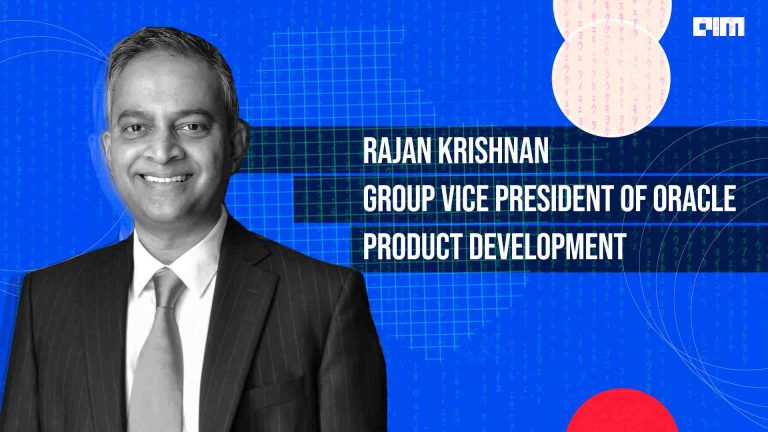
Analytics is having a disruptive effect in logistics and supply chain sector and nowhere is it seen better than in India. Loosely defined, logistics is all about ensuring the delivery of right product at the right place at the right place. And the mission of logistics analytics is to lend network visibility, automate optimization for delivery routes and resources, capacity management and most importantly fleet management software that improves the efficiency of the route, thereby bringing costs down significantly and lowering the risk of accidents as well.
Ecommerce – the biggest driver of Predictive Analytics in Logistics
In India, the biggest driver for logistics analytics are e-tailers, the biggest being Amazon, Flipkart, Myntra, Snapdeal, ShopClues, Big Basket and not to forget the dozen new start-ups on the block. The e-commerce boom not only spawned the need for logistics analytics but also predictive analytics – especially in Last Mile Delivery services, where predictive analytics is employed in gathering real-time data for route optimization or re-routing.
Analytics India Magazine spoke to Dhruvil Sanghvi, co-founder and CEO at LogiNext, the Paytm backed logistics analytics provider which is making a huge impact in the logistics space. “The only way to affect the profit through logistics management in a company is to cut costs. Here data analytics is essential to plan and streamline the operations. When a company has insights on the use and viability of their essential resources, they can better utilize the same. For example, resource allocation and capacity management within fleets can be optimized. With real-time analytics, delivery route optimization can save time and fuel costs,” he says.
Predictive analytics is billed to be the biggest game changer for logistics sector in 2017. Sanghvi lists down how predictive analytics comes into play for lowering costs and increasing overall network efficiency.
Forecasting: Making contingency plans based on charting cost from various overheads such as fuel, state specific taxes and utility costs over the next quarter or year.
Network management: By analyzing different possible hub points in the logistics network, Logistics Company can utilize the proper route-optimization techniques to figure the ideal location for a central logistics hub.
Real-time tracking: Real time tracking can bring transparency in the supply chain and would further build trust with customers. With real-time tracking, customers can track estimated time of arrival (ETA) for their deliveries, thereby bolstering brand value and increasing customer loyalty.
Emergence of third-party logistic analytics providers
From measuring the pulse of how the supply chain is performing to optimizing logistics costs and significantly shortening order length cycle, analytics is driving operational excellence in three big ways:
- Getting to market faster: Dynamic, automated real time tracking in networks for route optimization
- Forecasting analysis: Helps in responding to changes at a short notice
- Increased transparency across supply chain: Customers can track ETAs
And even though big players such as Deloitte, Accenture, Infosys and Oracle have already set industry standards globally and locally in supply chain analytics, the field is still open for smaller players to play around in this increasingly data-intensive sector.
This is where LogiNext, steps in. AIM asked Sanghvi what sets it apart from the competition and here’s the straight-up response. “The large tech consulting companies are completely into a service model which means they approach the customer, analyze their needs and build a customized product. Now, usually these solutions take time and resources to build and they are specific to customer. The assumption here is that the client understands what they want from the analytics. We are completely product-driven,” says Sanghvi.
However, LogiNext is product-driven with SaaS delivery model with standard requirement features such as route optimization, ETA prediction, load balancing already built in. “We then build a custom layer on the top of it to cater to the any specific need of your enterprise customer. It helps save a lot of money due to the economics of scale as you have a similar product being provided to different clients. So from an economics viewpoint, a LogiNext product would be easily available, faster to access and will save a lot of money for the client,” shares Sanghvi.
From targeting key business issues to delivering interpretive real-time insights with predictive analytics, Loginext has built a solid base, servicing 100+ enterprises across various segments such as manufacturing, retail, FMCG, BFSI, couriers, on-demand and pharma among other industries that involve heavy logistics. “We perform analytics for more than one lakh shipments per day. And in 2016 we reached South East Asia, Middle East and Europe and in 2017 we will be focusing on consolidating our stature and position in these countries within the logistics and field force software market,” he notes.
There are many other start-ups that are de-risking and demystifying the complex logistics market in India with transformative technological solutions and making it a more customer-centric network.
Next wave of technology to hit Logistics — Augmented Reality
Augmented Reality (AR) – the next gen technology that received a laudable mention in our latest study on emerging trends in 2017 comes into play in logistics well. In fact, a paper authored by leading logistics company DHL has cited how AR will lead the next wave of change in logistics and supply chain management.
How AR works is by expanding physical reality by producing computer-generated information in a real setting. It is also viewed as an interface in real time that enables in identifying, processing and visualizing possible scenarios. How it can be put to work in the logistics industry is at warehouse operations where AR wearables, largely handheld devices can be deployed for scanning items, capture pallet and parcel number, check for damages thereby ruling out manual barcoding,. The technology holds maximum promise in warehousing as it can automate the picking process and bring down manual labour significantly.


















































































